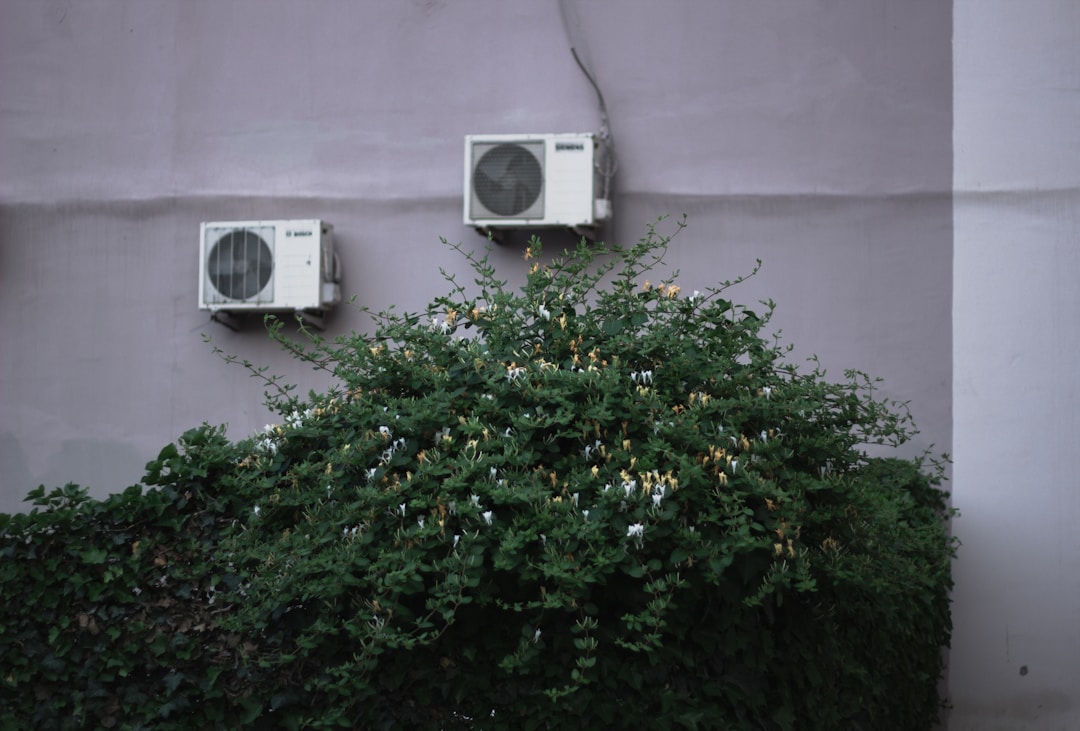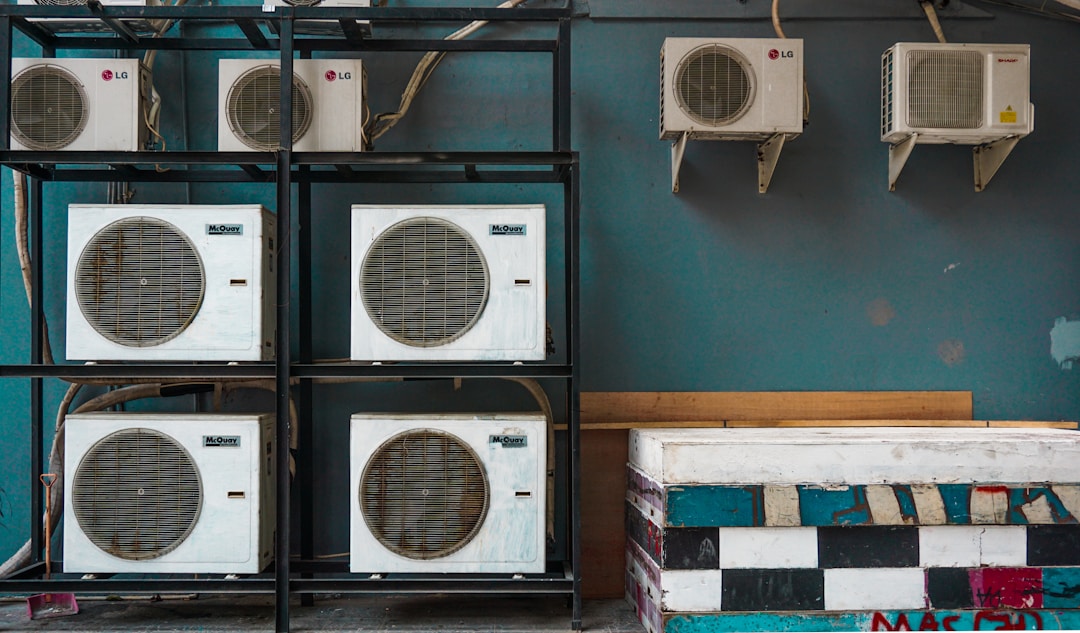Summer is right around the corner and for most of the United States, that means cranking up the air conditioner to stay cool indoors. While some homeowners have opted for HVAC systems with extensive ductwork, others take solace in window units to get them through the warmer months.
That’s where split air conditioning systems come in as the best of both worlds, keeping your house nice and cool while avoiding a heavy-duty installation process.
What is a Split Air Conditioner?

A split air conditioner is an AC system that is split into two parts: an inside air outlet unit, and an outdoor compressor. These split air conditioners use pipes to connect the outdoor to the indoor. These ductless mini-split air conditioners draw warm air in and then release the heat in the air outside, thus bringing fresh air into the rooms where you’ve installed indoor units. This helps to eliminate the energy losses associated with using a duct in an HVAC system.
The indoor unit of these mini-split systems often consists of a blower, cooling coils, and an air filter. Usually mounted inside walls or ceilings, pipework connects to the outdoor unit. There you will find the condenser coil that draws in the heat from your home and releases it outside through refrigerant lines.
These charged refrigerant lines help in the connection between the units of the split system by carrying a power cable and a drain through a small window. This supplies power to both units and transfers the collected heat from indoor to outdoor to keep the cold air pumping consistently.
Split Air Conditioner Installation

While installing an HVAC system with lengths of ductwork can be a lengthy process, putting in a ductless mini-split system generally takes less time. A split air conditioner runs the aforementioned refrigerant lines to connect the indoor air handlers to an outdoor unit, with pipes eliminating the need for ducts. It’s all a matter of having the available wall or ceiling space for the indoor unit, and proper placement outside your home for the outdoor unit.
While you can install a split system on your own, HVAC technicians can easily have these ductless AC units in place in no time. Technicians will also assist if the newly installed system is not heating or cooling to its fullest capacity. This can lead to your electric bill skyrocketing through wasted energy, and add stress to the indoor and outdoor units which decrease the life span of the ductless split air conditioning system.
Benefits of Split AC

Beyond the space and money saved by not having ductwork running through your home, there are many benefits to having a split air conditioner. These kinds of ductless AC systems are often quieter than the average window unit. The compressor and the fan that cools the condenser often make the most noise in an air conditioner. For split systems, these pieces are located in the outdoor unit, keeping the nuisance out and the cold air in.
These split systems can be connected to more than one room, with pipes allowing for more than one indoor unit in a different room to be connected to a single outdoor unit. This eliminates the hot air at a fraction of the cost and saves the space taken up by window units. This will allow for your home to stay cool whilst it acts as your office, school, and personal gym during these COVID times.
If you’re putting the physical fitness aspect to use, you may want to look into natural weight loss supplements beyond your regular exercise regimen. These dietary supplements may work in conjunction with a healthy diet, as natural ingredients expedite the fat burning process, and can help to kick cravings. Green tea, probiotics, and protein powders have emerged as natural supplements to help get your body beach-ready, for when we can all party on the coast together again.
